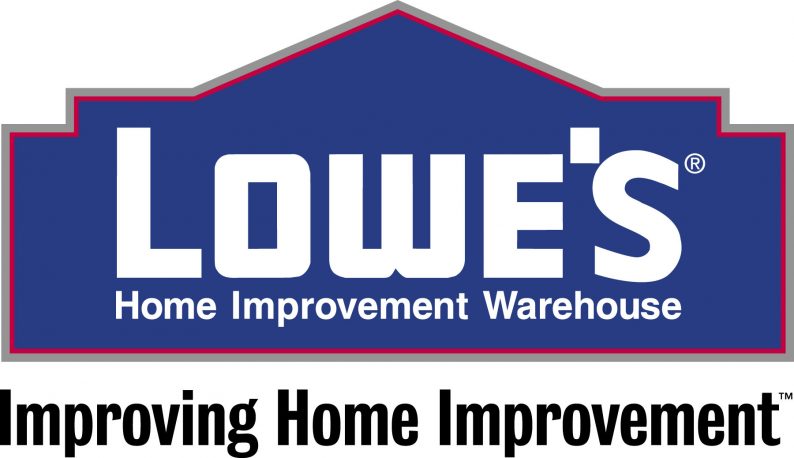Two home improvement stores dominate the industry in North America:
Lowe’s is the second largest company in a well-consolidated industry. Lowe’s is the ‘Pepsi’ to Home Depot’s ‘Coke’.
Large businesses in consolidated markets tend to generate greater margins than more fragmented industries. Lowe’s has a long history of rewarding its shareholders… A very long history.

Lowe’s was founded in 1946 and has paid rising dividends for 53 consecutive years. This makes Lowe’s one of only 17 Dividend Kings – dividend stocks with 50+ years of consecutive dividend increases.
Lowe’s owns and operates over 1,845 home improvement stores in the United States, Canada, and Mexico – the vast majority of company stores are in the United States. In total, Lowe’s employees more than 265,000 people.
In 2009, Lowe’s acquired a 33% stake in Australian home improvement retailer Woolworth’s.Lowe’s owns 33% of Woolworth’s 38 home improvement stores in Australia.
Lowe’s Competitive Advantage
Lowe’s 53 year streak of consecutive dividend increases is evidence of a durable competitive advantage.The company’s competitive advantage comes from its recognizable brand, large scale, and number of locations.
New entrants to the home improvement retail market would be hard-pressed to compete with Lowe’s and Home Depot. Lowe’s established brand lets consumers know they can expect quality products at low prices when shopping at Lowe’s. The sheer quantity of Lowe’s locations in the United States leaves little room for new entrants in this mature market.
Lowe’s has generated over $58 billion in revenue in the last year.The company’s large scale allows it to put pressure on suppliers to reduce costs and drive more customers to its stores.This creates a virtuous improvement cycle that smaller competitors cannot match.













Leave A Comment